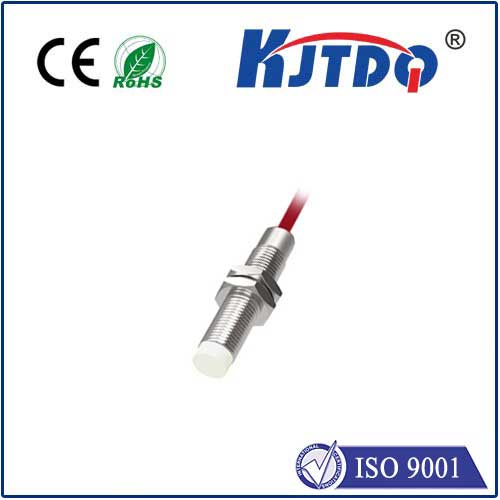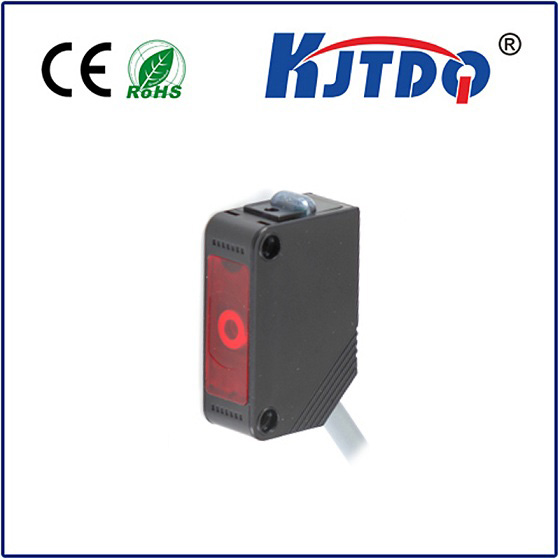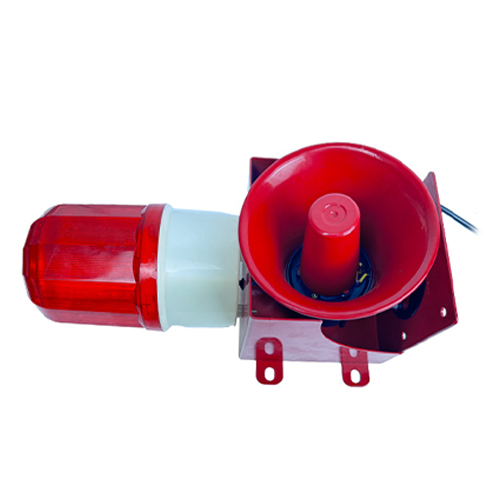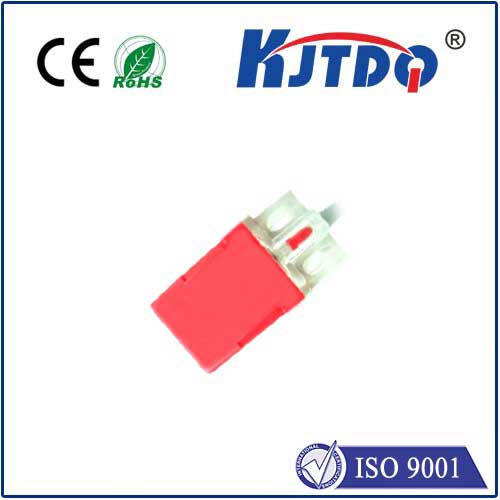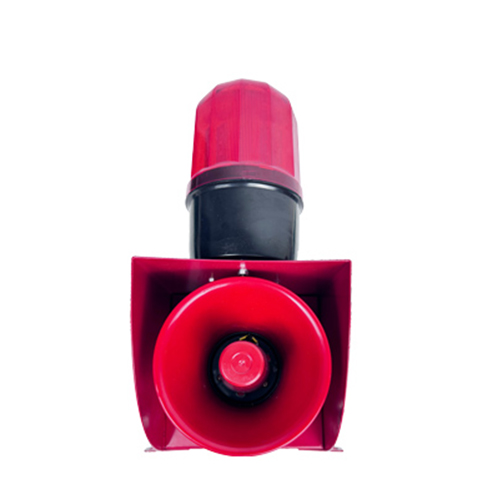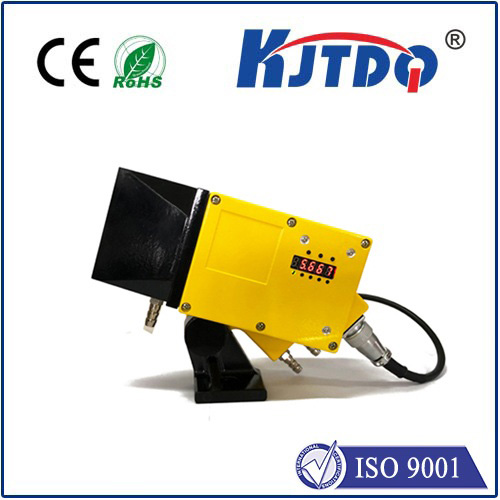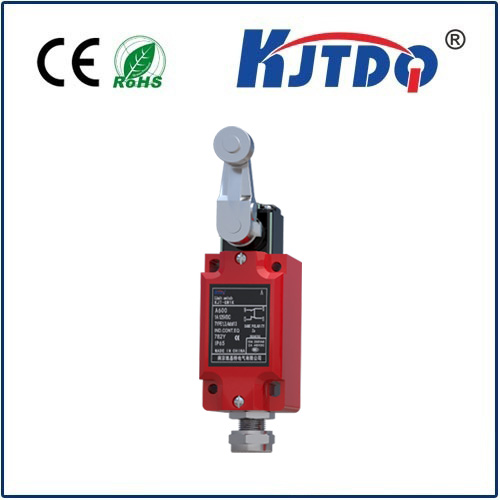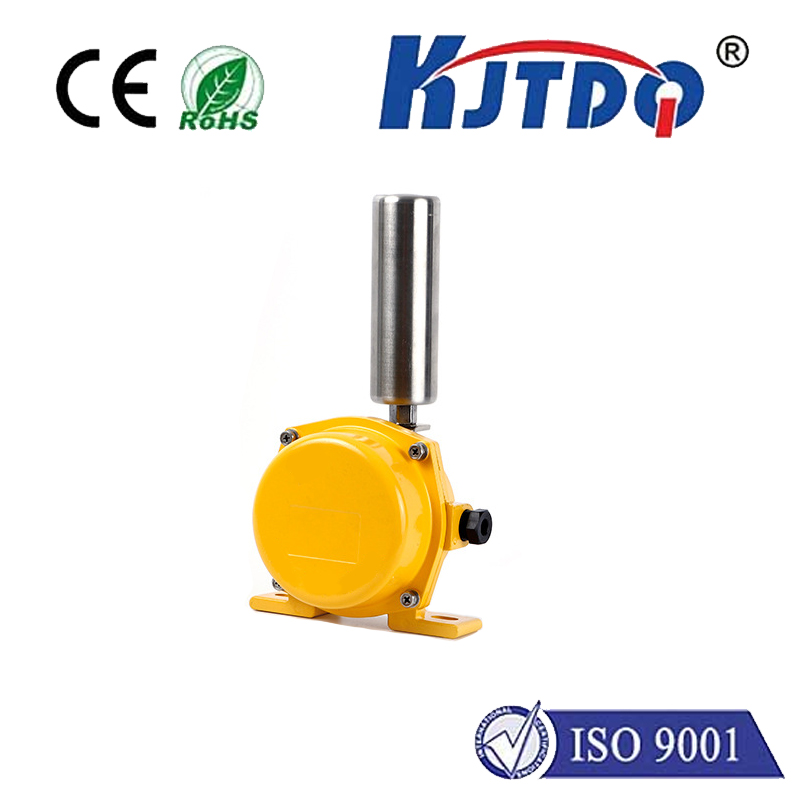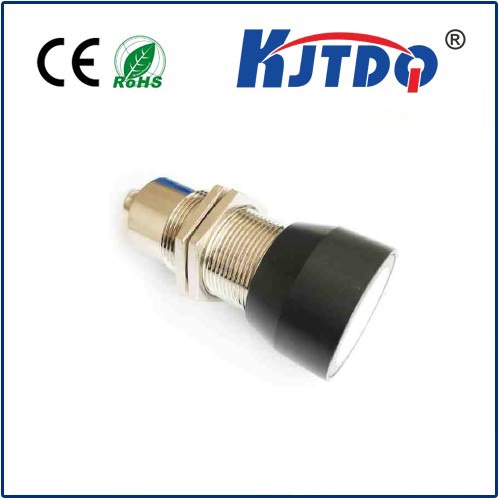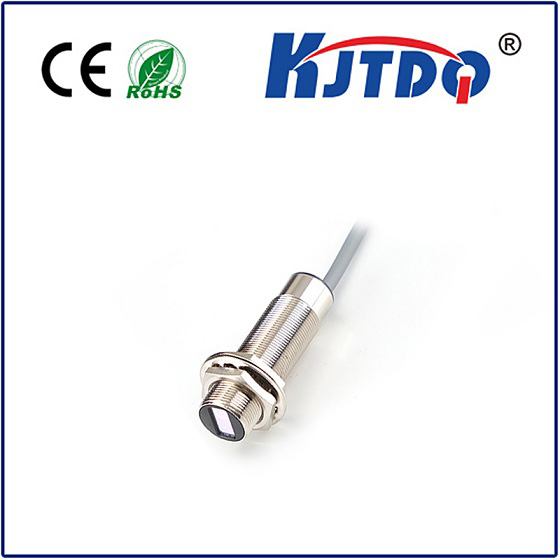

check

check

check

check

check

check

check

check

check

check

Title: Unveiling the Mysteries of Laser Distance Sensors: A Modern Marvel Introduction: The advent of laser technology has brought about a revolution in various sectors, transforming the way we interact with our surroundings. Among its myriad applications, one stands out for its precision and versatility: the laser distance sensor. This remarkable device has become an indispensable tool in fields ranging from industrial automation to robotics, surveying, and even everyday consumer products. In this article, we will delve into the world of laser distance sensors, exploring their functionality, advantages, and the diverse domains in which they are making a significant impact. I. Understanding Laser Distance Sensors At its core, a laser distance sensor is a sophisticated measuring instrument that utilizes laser light to determine the distance to an object or surface. The process begins with the emission of a narrow, well-collimated laser beam towards the target. When this beam strikes the object, it reflects back to the sensor. By accurately measuring the time it takes for the laser to bounce back, the sensor calculates the distance based on the speed of light. These devices operate within a specific range, typically measured in meters or kilometers, depending on their design and intended use. They can measure distances with remarkable accuracy, often up to fractions of a millimeter, making them ideal for tasks that demand high precision measurements. II. Advantages of Laser Distance Sensors One of the most compelling features of laser distance sensors is their non-contact measurement capability. Unlike traditional rulers or calipers that require physical contact with the object being measured, these sensors work from a distance, eliminating the risk of damaging delicate surfaces or causing measurement errors due to pressure. Moreover, laser distance sensors offer rapid data acquisition speeds, enabling real-time monitoring and adjustments in dynamic environments. This ability is crucial in industries such as automotive manufacturing, where precise alignment and fitting are essential for safety and performance. Another advantage lies in their adaptability to harsh conditions. Whether operating in bright sunlight, dusty environments, or extreme temperatures, modern laser distance sensors are engineered to withstand these challenges without compromising their accuracy or reliability. III. Applications Across Industries The versatility of laser distance sensors has led to their adoption across a wide array of industries: A. Industrial Automation: In manufacturing plants, these sensors play a pivotal role in quality control by ensuring dimensions conform to strict specifications. They also facilitate automated machinery guidance and positioning, enhancing production efficiency and reducing waste. B. Robotics: Robotics systems rely heavily on sensory input to navigate complex environments and perform intricate manipulations. Laser distance sensors provide critical data for obstacle detection, path planning, and interaction with the surroundings. C. Surveying and Construction: Surveyors use laser distance sensors to map large areas quickly and accurately, while construction professionals employ them for leveling buildings and monitoring structural deformations over time. D. Environmental Monitoring: Scientists employ these sensors to track changes in landscape topography, measure ice thickness in polar regions, and study atmospheric phenomena like fog and precipitation patterns. E. Everyday Household Products: Even consumer items like vacuum cleaners have incorporated laser distance sensors to improve navigation around furniture and avoid obstacles autonomously. IV. Future Prospects and Innovations As technology continues to evolve, so too does the potential for laser distance sensors. Researchers are exploring ways to miniaturize these devices further, paving the way for their integration into smartphones and wearable technologies. Additionally, advancements in artificial intelligence algorithms promise to enhance data processing capabilities, allowing for even more accurate and intelligent measurements. In conclusion, the laser distance sensor represents a testament to human ingenuity and its capacity to push boundaries across multiple disciplines. Its ability to deliver precise measurements swiftly and reliably has transformed numerous industries, setting the stage for continued innovation and discovery in the years to come. As we look ahead, it is clear that this unassuming yet powerful tool will continue to illuminate new possibilities in our quest to understand and shape the world around us.
